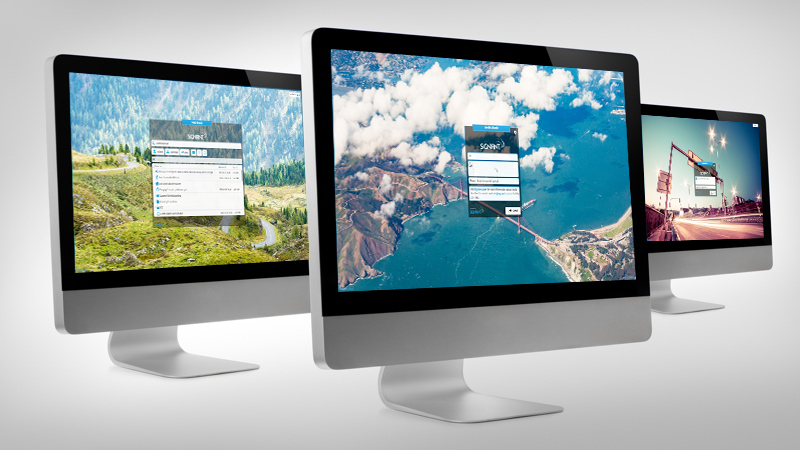Collaborating With Remote Teams and Talent Around the World
If your studio works with non-local creative talent, you already know that there are opportunities and challenges associated with distributed post production. Bridging the distance not only allows you to find the best talent for the job anywhere in the world, it creates the potential for a diverse and globally-minded workforce that boosts the creativity and vision of your entire company.
However, while standard web-based collaboration tools — from Dropbox, Google Drive, SharePoint and Slack — function wonderfully in most industries, they lack a foundational technology necessary for almost any post-production work: the ability to quickly and reliably transfer large files over the Internet. For that, you need file acceleration and a few other basic capabilities to support the unique conditions of distributed post production, such as defense-in-depth security, storage choice, super intuitive user interface design, branding and language support.
File Acceleration
File acceleration technology is basically an Internet protocol developed specifically for large file transfers over distance. Different companies have proprietary protocols that improve on standard TCP (transport layer protocol)-based transfers such as FTP (file transfer protocol) and HTTP (hypertext transfer protocol). When developed well, file acceleration should improve transfer speeds up to 200-fold by taking advantage of high-bandwidth networks while counteracting the impact of latency (caused by distance) and playing nicely with other network traffic.
Considering the size of files dealt with in post-production including sometimes Terabytes of dailies coming and hundreds of gig individual files for VFX, sound and color editing, file acceleration should be the core of any tool enabling remote talent. But that’s just the software engine so to speak, everything else wrapped around it should support your collaboration, not work against it.
Layers of Security
Cyber security is far more top of mind than years past, yet it’s surprising how many post -production companies still rely on FTP. A 2015 study conducted by the University of Michigan called FTP: The Forgotten Cloud revealed more than 13 million FTP servers in use, with 1 million configured to allow anonymous access, exposing sensitive files and network access. Just last year, HBO, Netflix and Disney dealt with security breaches that can likely be traced to hackers exploiting FTP used by third-party post-production companies.
Many across the industry are pushing for higher security standards. In Europe, the DPP is one example of a regulatory agency that is taking on the problem. And it’s more than just securing or replacing FTP. The most secure software employs defense-in-depth security practices that have layers of security in place as well as 24/7 monitoring and regular third-party audits.
Storage and Folder Access
Storage choice sounds rather mundane, but it also means storage stays under your control so that you can either utilize storage you already have or switch according to business need, whether it’s on-prem or cloud storage. Many companies have invested in on-premises storage systems, including organizing folder structures and want to allow secure access to certain folders by remote talent or teams. Others want to use cloud storage as an extension of on-prem or for particular projects. File acceleration software that supports multiple storage choices and secure folder access by remote talent offers the best of both worlds.
Easy UI, Branding and Language Support
File acceleration software should ultimately provide a central hub for all of your post-production I/O, and the best solutions are the simplest to use while supporting the most critical needs. Browser-based portal interfaces that require zero training allow you to get remote talent working instantly, and portals that can be configured to match native languages can make all the difference in not only showing respect for your talent, but getting a job done and delivered on time.
Lastly, we all know that branding is central. Being able to provide cleanly branded interfaces for sending, sharing and submitting content for different projects and different teams can really set your business apart, not only impressing your remote talent but your clients as well.



